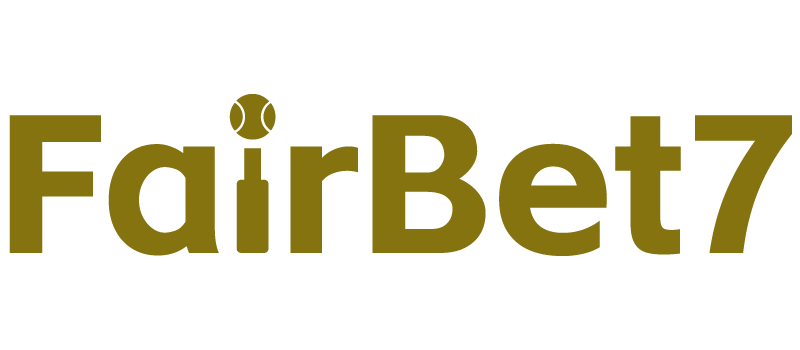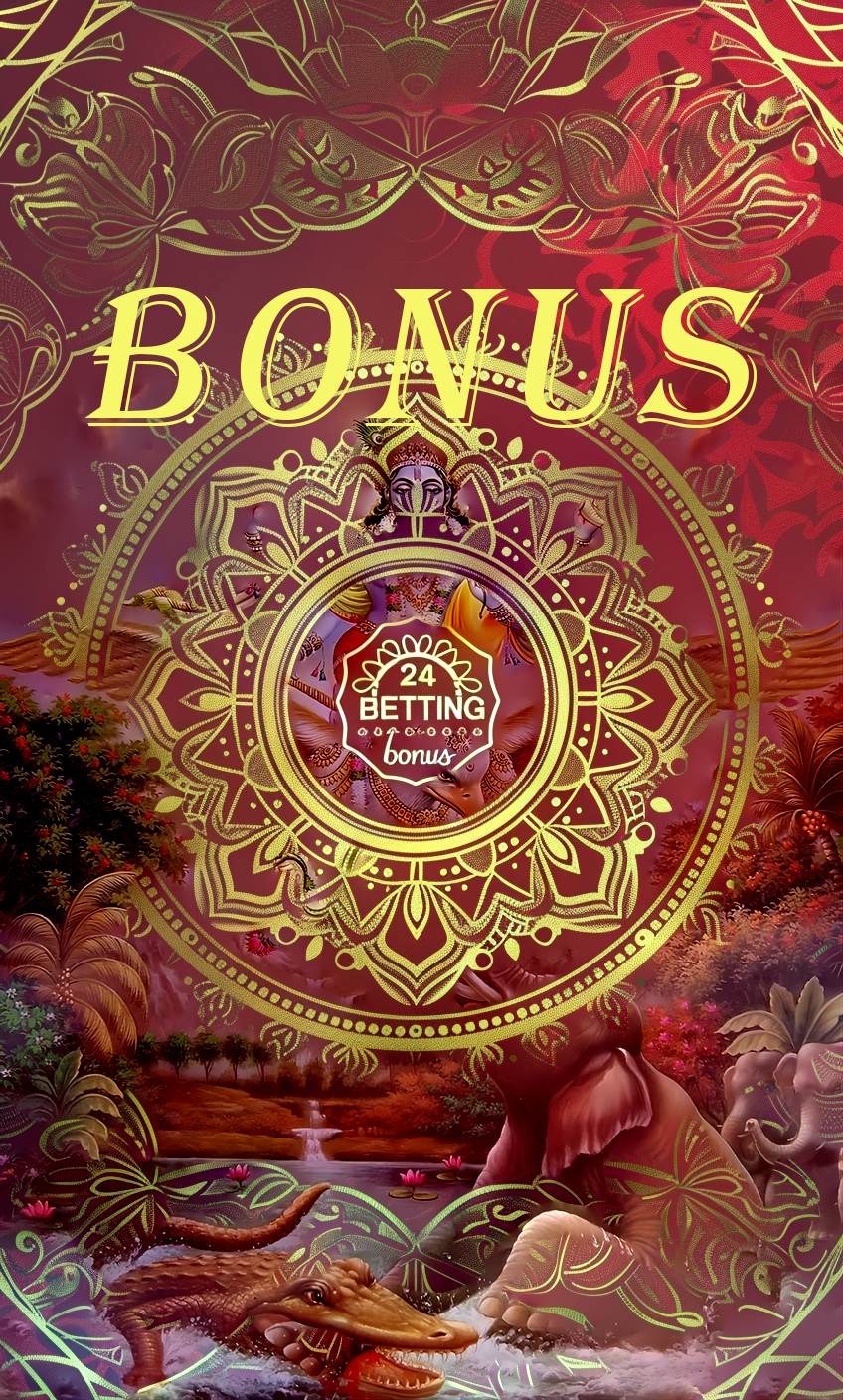The Art of Creating a Blackjack Game: A Comprehensive Guide
Introduction to Blackjack Game Development
Ever wondered how to create a blackjack game like Fairbet7 that engages users and provides an immersive experience? With the rise of online gaming platforms, developing a captivating blackjack game has become a sought-after skill in the industry. In this article, we’ll delve into the world of game development, focusing on creating a blackjack game in Python. By the end of this guide, you’ll be equipped with the knowledge to craft a game that rivals Fairbet7 .com, a renowned platform for online gaming enthusiasts.
Understanding the Fundamentals of Blackjack
Before diving into the development process, it’s essential to grasp the basics of the blackjack game. Also known as Twenty-One, blackjack is a popular casino banking game played with one or more decks of 52 cards. The objective is to have a hand value closest to 21 without exceeding it. To create an authentic experience, it’s crucial to understand the rules, including when to hit, stand, split, or double down. For a deeper understanding, let’s explore the mechanics of a blackjack pro, particularly the Monte Carlo multihand variant, which we’ll be referencing throughout this guide.

Setting Up the Environment and Framework
To begin, you’ll need Python installed on your system, along with a few essential libraries. We’ll be using the random module to simulate card shuffling and dealing. Additionally, implementing object-oriented programming (OOP) concepts will enable us to create a structured and scalable codebase. This setup will serve as the foundation for our Fairbet7 ID-like game, ensuring a seamless user experience.
Designing the Game Logic
Now that our environment is set up, it’s time to create the game logic. This involves defining classes for the deck, card, hand, and player. We’ll also develop functions to handle card drawing, calculating hand values, and determining the winner. By incorporating conditional statements, we’ll mimic the decision-making process of a blackjack pro in our Monte Carlo multihand simulation.
Implementing the Game Interface
A user-friendly interface is vital for player engagement. We’ll design a command-line interface (CLI) to receive user input and display game outcomes. This interactive element will enhance the overall gaming experience, making our blackjack game in Python feel like Fairbet7 .com.

Additional Insights: Optimizing and Expanding Your Game
With the basic game structure in place, we can explore ways to elevate the experience. This includes adding features like splitting pairs, insurance betting, and a scoring system. By analyzing player behavior and feedback, you can refine your game, eventually rivaling the sophistication of Fairbet7 .
Conclusion
In conclusion, creating a blackjack game like
Fairbet7
requires a blend of programming skills, game development knowledge, and attention to user experience. By following this comprehensive guide, you’ve taken the first step in crafting an immersive game. Continue to refine your project, and who knows? You might just create the next big thing in online gaming.
Take the next step today and start building your blackjack game in Python. Share your progress in the comments section, and let’s discuss ways to further enhance your project!

